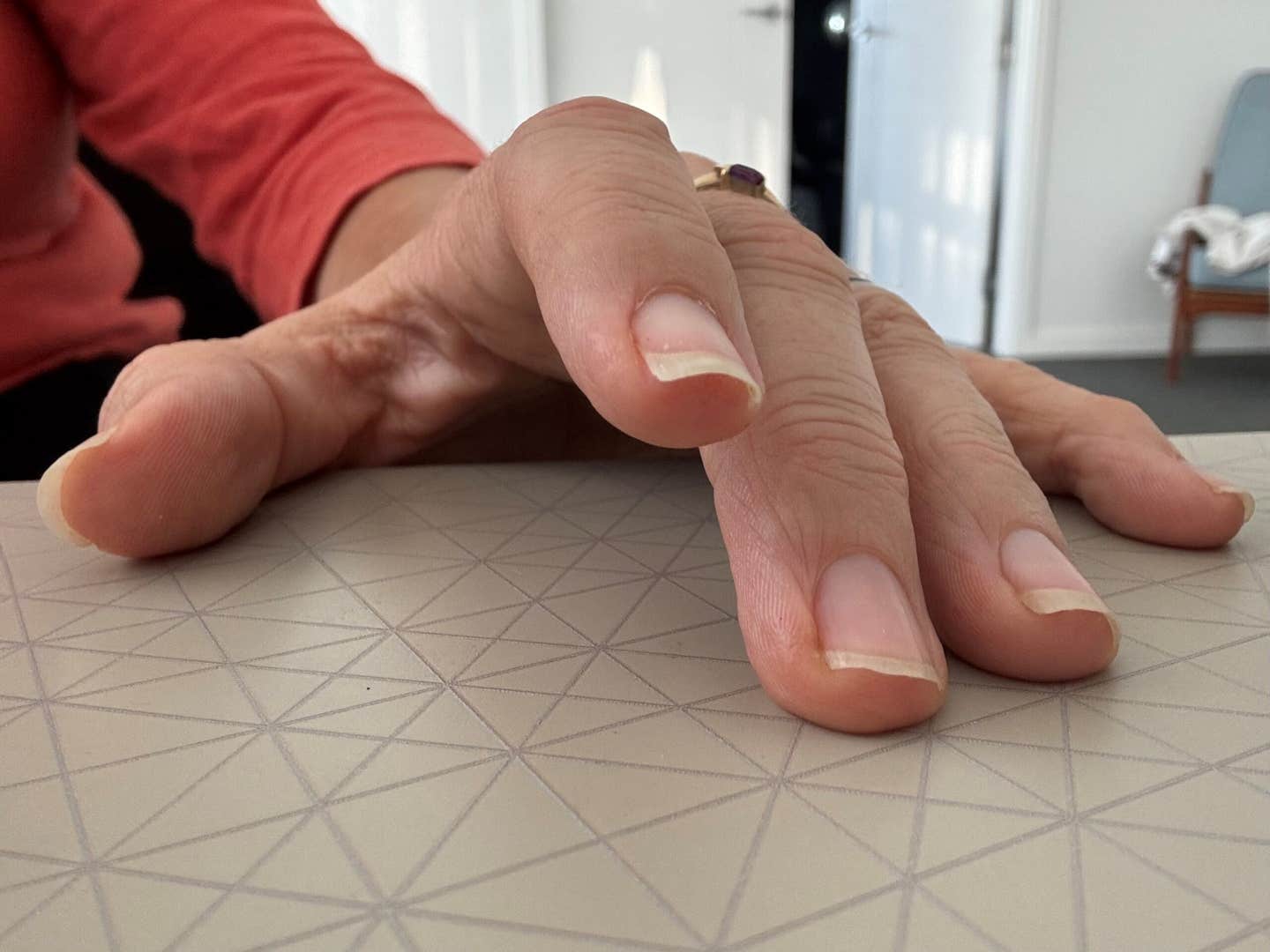Light exists in 37 dimensions, challenging the limits of quantum mechanics
Scientists measured a pulse of light in 37 dimensions, revealing a quantum paradox that defies classical reality and pushes the limits of physics.

A new quantum experiment measured photons in 37 dimensions, demonstrating an extreme version of the GHZ paradox. (CREDIT: CC BY-SA 4.0)
A team of physicists has taken quantum weirdness to new heights by measuring a pulse of light in 37 dimensions. Their experiment, designed to explore the limits of quantum mechanics, pushes past classical expectations and challenges long-held assumptions about the nature of reality.
Using a fiber-based photonic processor, the researchers demonstrated a Greenberger–Horne–Zeilinger (GHZ) paradox in an unprecedented way, showing that quantum physics is more nonclassical than previously thought.
The GHZ Paradox and Local Realism
In the classical world, reality follows predictable rules. If a letter is in your mailbox, it must have been placed there by a postal worker. This concept, known as local realism, assumes that objects and events exist in a well-defined state before being observed and that they are only influenced by their immediate surroundings.
Quantum mechanics, however, defies this logic. Particles can exist in superpositions, meaning their state isn't determined until measured. The GHZ paradox, first proposed in 1989, provides a mathematical framework demonstrating that local realism cannot fully describe quantum systems. It predicts situations where mathematical impossibilities arise, such as equations suggesting that 1 equals -1.
To test this paradox, the research team created an experiment that amplified quantum nonlocality to an extreme. By generating photons in 37 dimensions and using entanglement, they demonstrated that quantum systems could break the very foundation of classical reasoning.
Expanding the Dimensions of Quantum Entanglement
Quantum mechanics already challenges intuition, but the experiment took things further by increasing the dimensionality of quantum states. Instead of limiting the GHZ paradox to three dimensions, as originally formulated, the team expanded it to 37 dimensions.
This meant that photons—particles of light—were manipulated in a way that required 37 reference points to describe their behavior. Such an expansion allowed the team to push the boundaries of nonclassical effects, testing how deeply quantum mechanics diverges from classical physics.
Related Stories
"Quantum physics is more nonclassical than many of us thought," said Zhenghao Liu, a physicist from the Technical University of Denmark and co-author of the study. "It could be that, 100 years after its discovery, we are still only seeing the tip of the iceberg."
Using high-speed electro-optical modulation and time-bin encoding, the researchers were able to precisely control and measure the photonic states. Their fiber-based photonic processor allowed them to map quantum measurements across 37 spatial dimensions, setting new records for experimental quantum mechanics.
The Breakdown of Local Realism
One of the key takeaways from the experiment is that quantum mechanics does not conform to classical expectations. By creating a GHZ-type paradox in 37 dimensions, the researchers demonstrated a breakdown of local realism in ways previously unexplored.
In classical terms, the paradox suggests that an event could occur without a causative link—like a letter appearing in your mailbox without a postal worker delivering it. In quantum terms, the experiment showed that the relationship between entangled particles was so deeply nonlocal that their correlations could not be explained by any hidden variables.
The research team mathematically confirmed that their experiment achieved the strongest recorded manifestation of quantum nonlocality. By showing that the paradox holds true even under extreme conditions, they provided new evidence that classical models fail to explain the quantum world.
"This work opens several avenues for future research," the authors stated. "We hope our findings can be used to build even stronger quantum advantages in high-dimensional systems."
Future Implications for Quantum Computing and Technology
The findings from this study have major implications for quantum computing and information processing. GHZ-type paradoxes, which demonstrate the failure of classical descriptions, are essential for understanding quantum correlations. These correlations are the backbone of quantum computing, encryption, and other advanced technologies.
By proving that a three-context GHZ paradox can exist in a 37-dimensional space, the researchers established new constraints on the nature of quantum systems. Their findings suggest that quantum computing could leverage such extreme nonclassicality to achieve even greater efficiency and processing power.
The study also has philosophical implications. It raises questions about why humans experience reality in classical terms despite the universe behaving in deeply nonclassical ways at the quantum level. The results suggest that what we perceive as reality may be just a simplified version of a much more complex quantum structure.
As quantum research continues, new experiments will likely expand beyond 37 dimensions, pushing even further into the unknown. The findings from this study are just the beginning of a deeper exploration into the paradoxical nature of quantum mechanics.
If this is only the tip of the iceberg, the quantum world may hold even greater surprises beneath the surface.
Note: Materials provided above by The Brighter Side of News. Content may be edited for style and length.
Like these kind of feel good stories? Get The Brighter Side of News' newsletter.
Joshua Shavit
Science & Technology Writer | AI and Robotics Reporter
Joshua Shavit is a Los Angeles-based science and technology writer with a passion for exploring the breakthroughs shaping the future. As a contributor to The Brighter Side of News, he focuses on positive and transformative advancements in AI, technology, physics, engineering, robotics and space science. Joshua is currently working towards a Bachelor of Science in Business Administration at the University of California, Berkeley. He combines his academic background with a talent for storytelling, making complex scientific discoveries engaging and accessible. His work highlights the innovators behind the ideas, bringing readers closer to the people driving progress.



